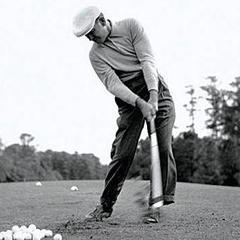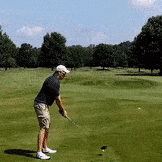IGNORED
"Lowest Score Wins" by Barzeski and Wedzik
-
Topics Being Discussed Right Now on The Sand Trap
-
- 0 replies
- 20 views
-
Strategy on Neshanic Valley Ridge #2 1 2
By billchao, in Instruction and Playing Tips
- neshanic
- mystrategy
- (and 2 more)
- 21 replies
- 60 views
-
This Putting Product Actually Seems Like it May Have Some Value.
By ChetlovesMer, in Instruction and Playing Tips
- 3 replies
- 65 views
-
- 6,577 replies
- 253,483 views
-
- 1 reply
- 51 views
-








Recommended Posts
Create an account or sign in to comment
You need to be a member in order to leave a comment
Create an account
Sign up for a new account in our community. It's easy!
Register a new accountSign in
Already have an account? Sign in here.
Sign In Now